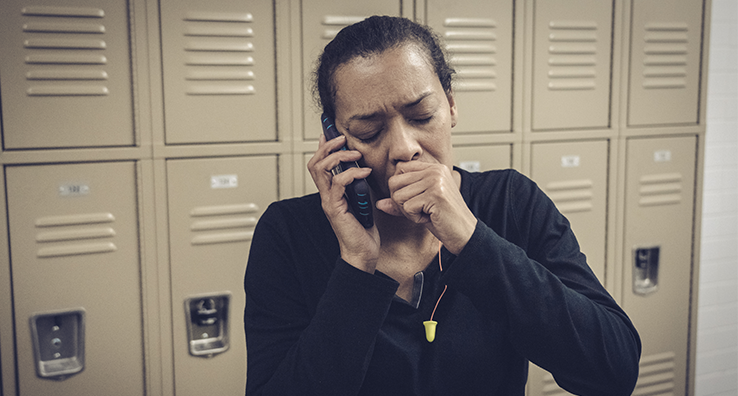Is COVID-19 a Recordable or Reportable Illness?

After our last blog post on this topic, we saw an uptick in COVID-19 related questions, understandably. Today I will be addressing one of the more common ones: whether illnesses caused by the virus are recordable or reportable. I’ve included a link below to the latest enforcement guidance memo from OSHA which describes what we need to do to determine work-relatedness.
I will also discuss additional aspects of your safety programs that you might want to review in light of this current pandemic and future ones. As you read, please keep in mind that the CDC has different COVID-19 reporting requirements for healthcare providers, so if you’re in the healthcare industry, please review those.
Is COVID-19 a Recordable Illness?
According to OSHA’s current guidelines, COVID-19 can be a recordable illness if a worker is infected as a result of work-related duties. Determination of work-relatedness is complex, so we recommend you review the latest enforcement Guidance from OSHA, dated 5/19/20:
Is COVID-19 Reportable?
If an employee has a confirmed case of COVID-19 that is determined to be work-related, the employer needs to report the case to OSHA if it results in a fatality or in-patient hospitalization of one or more employees. Note that the reporting requirement is time-limited:
- If a fatality due to COVID-19 occurs after 30 days from the workplace incident leading to the illness, an employer is not required to report it.
- If an in-patient hospitalization occurs after 24 hours from the workplace incident leading to the illness, an employer is not required to report.
Please note also that the CDC has different COVID-19 reporting requirements for healthcare providers, so if you’re in the healthcare industry, please review those.
How Might COVID-19 Affect Your OHS Programs?
As with any emerging health or safety issue, you’ll want to review your existing programs to find out if they need to be updated considering new hazards and risks. For example, has your personal protective equipment hazard assessment been reviewed, and if necessary, revised?
Sanitization: Employers who need to clean and disinfect environments potentially contaminated with SARS-CoV-2 should use EPA-registered disinfectants with label claims to be effective against SARS-CoV-2. The list of EPA-registered disinfectants is available here:
https://www.epa.gov/pesticide-registration/list-n-disinfectants-use-against-sars-cov-2
Hazard communication: Has your hazard communication program, including training, been updated to account for any new disinfectants that your employees may be exposed to? Remember that when new chemicals are introduced to the workplace, our hazard communication program must account for them. Add them to your inventory, read those Safety Data Sheets, and incorporate all required protective measures including training.
Respiratory protection: If your employees are using tight-fitting respirators, for example N95 masks, it will invoke the respiratory protection standard whether people are wearing them voluntarily or they are required to. Note that dust masks, surgical masks, bandanas or cloth masks made at home or ordered online are not considered respirators under OSHA.
If your people are wearing tight-fitting respirators, is your documented respiratory protection program in place and modified to fit the current situation? Keep in mind that under the respiratory protection standard, respirators are a last resort. OSHA requires exposures to hazardous substances to be controlled to the extent feasible by following a hierarchy of controls, first either substituting out the harmful substance for less toxic materials or controlling exposures through engineering controls (e.g. enclosure or confinement of the operation and general and local exhaust ventilation). Administrative and work practice controls such as hygiene practices and rotating work schedules are considered a secondary means of control.
Resources for Up-to-Date Guidance
COVID-19 information does change at its own, unpredictable rate. A good resource to stay current on the latest guidelines is https://www.osha.gov/SLTC/covid-19/ which includes links to implementation guidance, updates, and other resources related to the pandemic.
OSHA QuickTakes is a free biweekly electronic newsletter that sends the latest information on enforcement, rules, and OSHA resources. See https://www.osha.gov/quicktakes/ to sign up.






